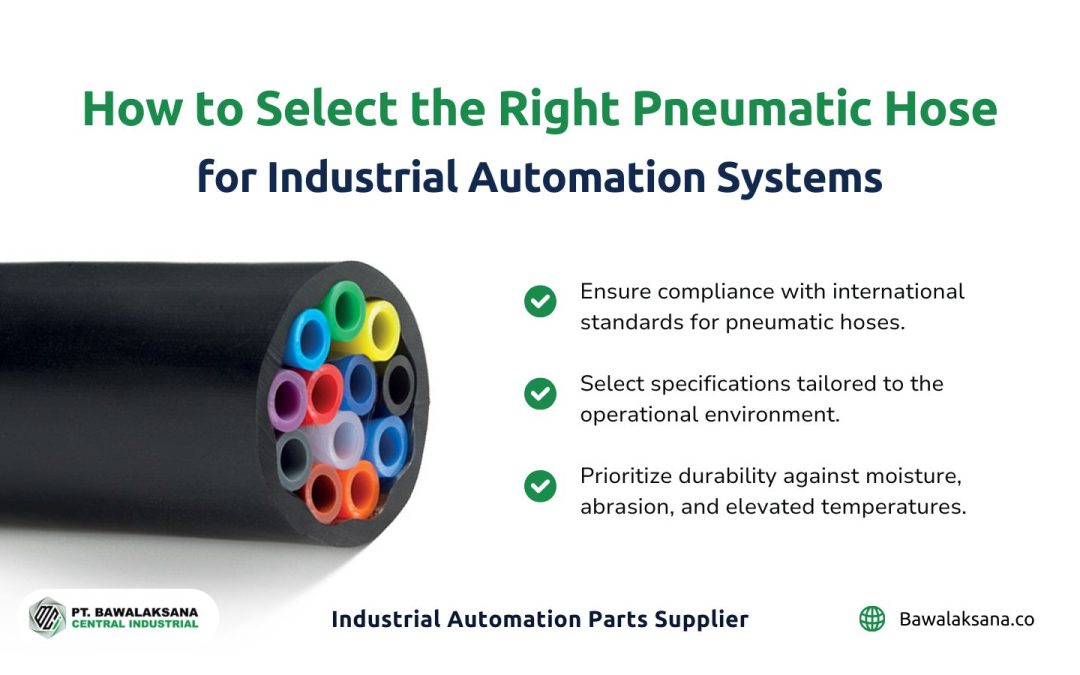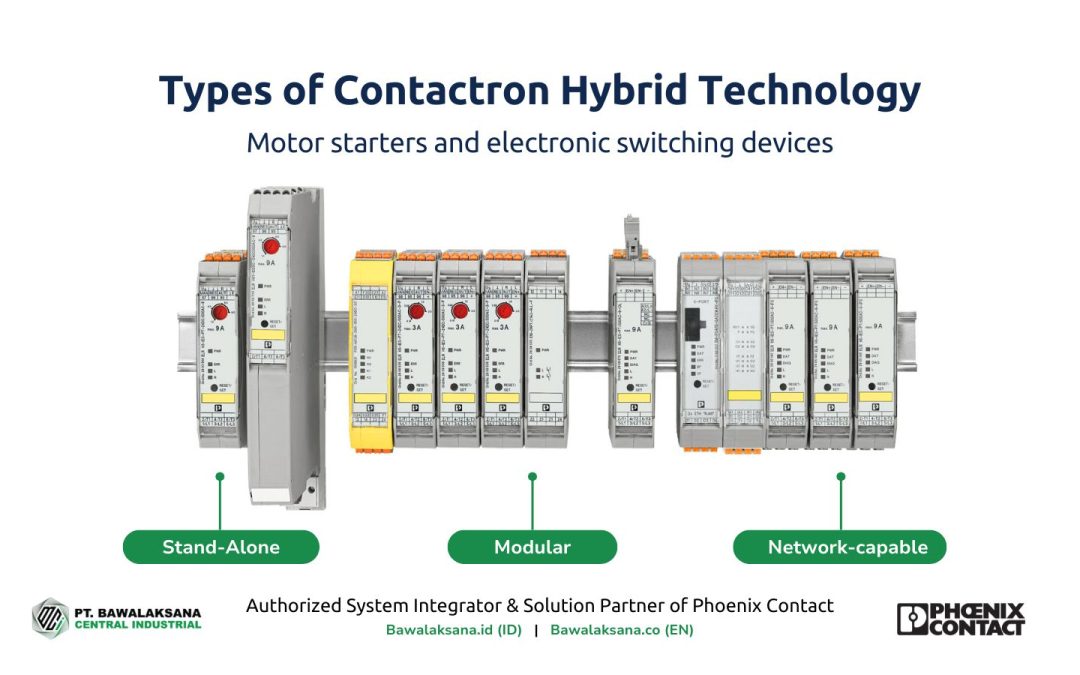In our previous article, the Bawalaksana Central Industrial team explored the Key Factors that Ensure Pneumatic Systems Function Effectively. This time, we’ll explore the topic further with a more comprehensive analysis.
Before we get started, let’s highlight four main objectives when implementing pneumatic systems based on best practices:
- Efficiency
- Performance
- Cost-effectiveness
- Safety and reliability
These objectives align with insights from the Mechanical Engineering journal article “Methods to Evaluate and Measure Power of Pneumatic System and Their Applications.” According to the journal, a pneumatic system’s efficiency is significantly influenced by its configuration and the operating conditions it encounters.
Key Considerations for Implementing Pneumatic Systems
Pneumatic systems rely on compressed air to create mechanical motion, often leading to high energy consumption and power usage. Several elements can affect this energy usage, including:
- Air leaks, typically resulting from worn hoses or damaged connectors
- Pressure drops, stemming from leaks or systemic inefficiencies
- Significant air expansion, especially during peak demand for compressed air
To ensure effective operation, it’s crucial to configure pneumatic systems correctly. Adhering to implementation guidelines rooted in best practices will also play a vital role in this process. Now, let’s delve into the key points to consider when implementing a pneumatic system.
1. Consistent and Adequate Air Supply
The first best practice for ensuring optimal performance in a pneumatic system is maintaining a steady and sufficient air supply. Since compressed air is the primary energy source in these systems, any instability in the air supply can lead to pressure drops, disrupting automation processes.
Several factors can lead to air supply issues, such as:
- Contaminated air
- System leaks
- Insufficient lubrication
- Incorrect pressure levels—either too low or too high
- Damage to pneumatic cylinders
Addressing these concerns proactively requires regular inspections of all components, from vital devices to air pressure and flow levels. By doing so, potential air supply problems can be caught early on before they escalate into serious issues. Once you’ve ensured all components function properly, the pneumatic system can run at its best.
2. Safety and Protection Features
Pneumatic systems necessitate crucial safety features like Manual Lockable Air Dump Valves and Electric Soft-Start Air Dump Valves. These valves halt automation processes during emergencies. When either valve is activated, all airflow within the pneumatic system ceases instantly, eliminating residual pressure.
Integrating safety features is considered a best practice in implementing pneumatic systems, ensuring that your production team can operate efficiently and comfortably. It’s important to remember that all components related to safety features need special attention. Regular testing is vital to confirm that their functions and performance remain top-notch.
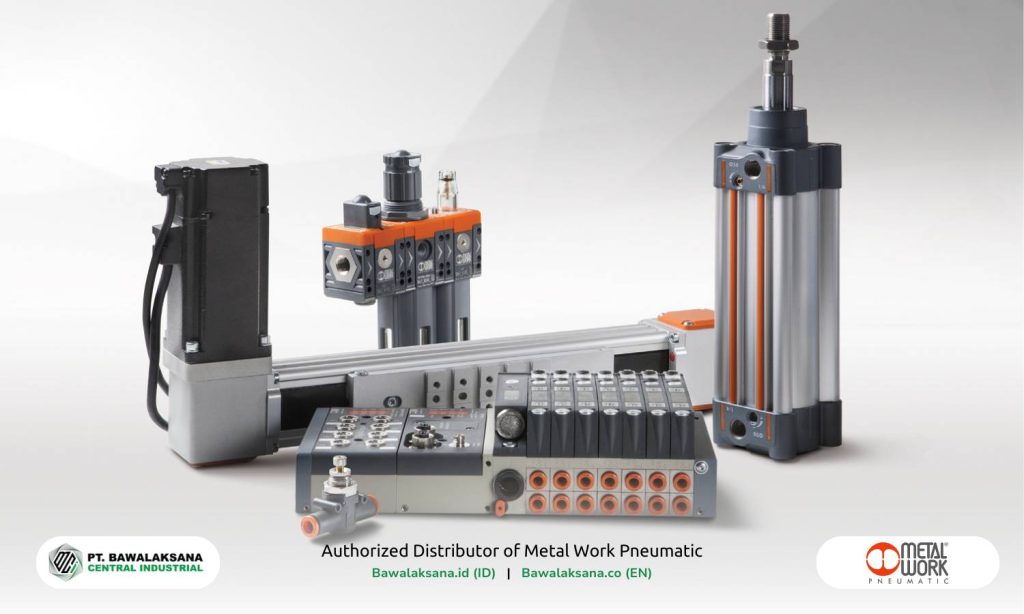
3. Selecting the Right Size According to Industry Standards
Choosing the correct component sizes in a pneumatic system is crucial for maintaining operational stability and ensuring production quality. Conversely, incorrectly selecting components can lead to inefficiencies and rising operational costs.
Pneumatic systems encompass various devices and components, each available in multiple models and sizes. Additionally, the quality and standardization of these components can differ based on the manufacturer. It’s essential to remember that not every pneumatic component fits every industrial sector, so selecting the right components tailored to your specific applications is key.
For example, pay close attention to the selection of the following components:
- Air Dryer
- Air Compressor
- Pneumatic Cylinder
- Pneumatic Hose
- FRL Unit
- Fittings
- Valves
You can optimize investment costs when designing an automation system by choosing the appropriate components for your particular industrial needs. Moreover, precise component selection contributes to enhanced system performance and a longer service life.
The engineering team at Bawalaksana Central Industrial is here to assist you in designing a reliable automation system and suggesting the most suitable components for your industry. Don’t hesitate to reach out to our professional team for comprehensive recommendations.
4. Tips for Choosing the Right Size of Pneumatic Components
Every type of pneumatic device is tailored for a specific purpose, reflecting the unique demands of various industries or manufacturing sectors. Your industry is no exception—it has its own distinct needs that set it apart from others.
For instance, if your business operates in the petrochemical sector, your requirements will likely differ significantly from those in the food and beverage (F&B) industry, particularly concerning material specifications and regulatory standards.
Considering this, we’d like to offer some valuable insights on how to select the right components for your operations.
Pneumatic Cylinders
When selecting the size of a pneumatic cylinder, it’s crucial to consider the load it will need to lift or push. If the cylinder is oversized, you might have sluggish motion and timing that doesn’t quite hit the mark. Conversely, if the cylinder is undersized, it won’t generate enough force to move the load effectively, which can disrupt the harmony of your automation system.
Thus, the selection of the cylinder size should follow a clear identification of the application type. Collaborate with your colleagues or the engineering team to pinpoint the proper dimensions and specifications that suit your needs.
Pneumatic Hoses
Pneumatic hoses come in various sizes and characteristics for good reason, as each variation is designed for a specific purpose. When selecting a pneumatic hose, it’s essential to keep several factors in mind:
- Size or diameter
- Resistance to temperature, pressure, and chemicals
- Standard certifications (such as FDA, DIN, ISO, etc.)
- Rigidity (whether soft or rigid)
Choosing the wrong hose can lead to damage or rupture, as different hoses have varying capacities to handle high pressure, heat, abrasion, or corrosive chemicals. It’s essential to thoroughly analyze the environment where you’ll use the pneumatic hose. Collect on-site data and discuss your findings with your engineering team.
This careful review ensures that the hose configuration is appropriate for the actual conditions, particularly concerning temperature fluctuations, pressure requirements, flexibility, and the type of chemicals or fluids that will pass through the hose. If you don’t have a team to help with the configuration, the experts at Bawalaksana Central Industrial can offer personalized solutions tailored to your specific challenges.
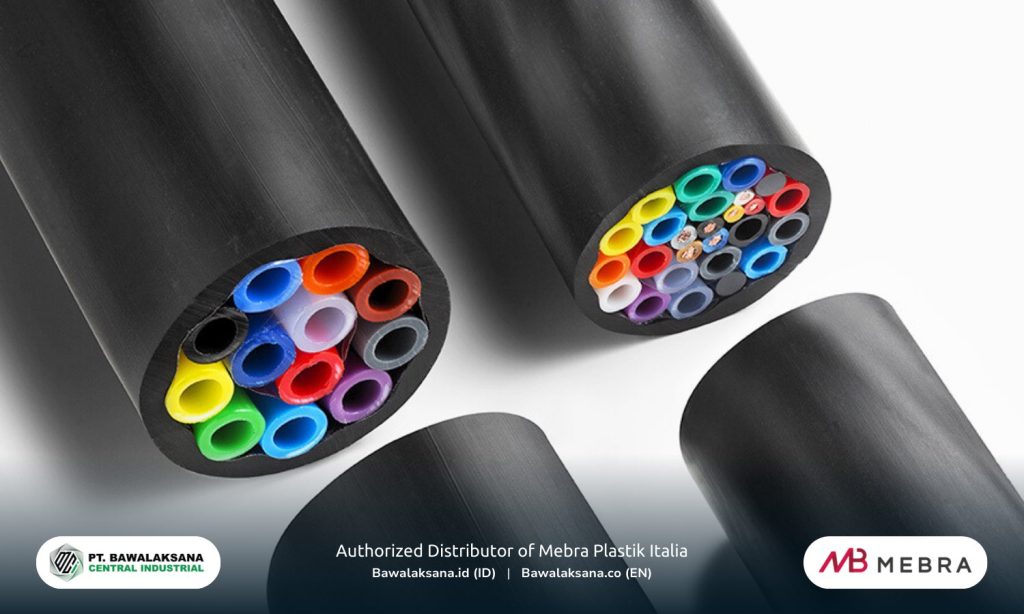
What Happens if the Pneumatic Hose Diameter is Incorrect?
Using a pneumatic hose with the wrong diameter can seriously affect your system’s performance. If the diameter is too large, it can lead to a drop in air pressure. On the other hand, if the diameter is too small, airflow may be restricted, which can reduce the efficiency of your automation system.
When choosing a hose diameter, consider factors like the system’s workload, the type of fluid being transported, the system design, and the available compressor capacity. This will ensure optimal performance and reliability in your pneumatic system.
International Standards for Pneumatic Hoses
Pneumatic hoses are essential components in various industries, including aerospace, medical, pharmaceutical, automotive, and mining. Choosing the wrong hose can lead to significant issues, including adverse environmental effects. Our article “15+ Industries That Use Pneumatic Systems” explores this topic in more detail.
It’s crucial to keep industry standards in mind when selecting pneumatic hoses, especially if your focus is on sustainable industrial practices in the long run. Fortunately, you don’t need to stress over compliance—numerous solutions that adhere to environmental regulations, such as REACH and RoHS, are available. Among our top recommendations are the pneumatic hoses from Mebra Plastik Italia.
Pneumatic Hose Certifications
High-quality pneumatic hoses generally adhere to strict standards, qualifying them for use in critical sectors such as food and beverage, chemicals, and automotive.
For instance, if you operate in the food and beverage industry, choosing hoses that comply with FDA (Food and Drug Administration) certification standards is best. Conversely, for industries related to automotive or petrochemicals, look for hoses certified under DIN 73378, DIN 74324, and ISO 7628:2010.
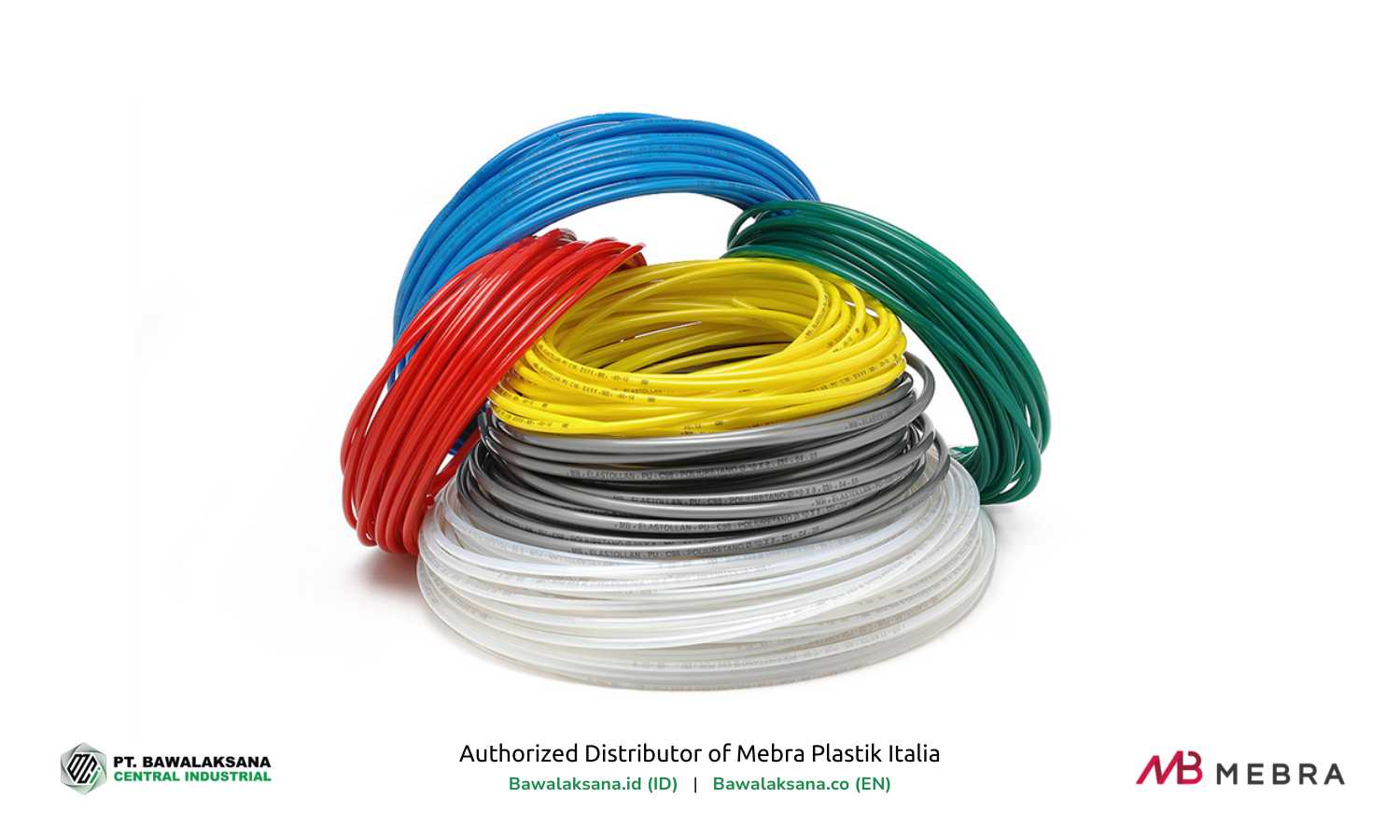
Great news! Sourcing high-quality pneumatic hoses has never been easier. You can visit an official distributor of internationally certified pneumatic hoses in Indonesia.
PT. Bawalaksana Central Industrial proudly serves as an Authorized Distributor for Mebra Plastik Italia’s pneumatic hoses, offering diverse types, colors, materials, sizes, and applications tailored for various industries.
Our pneumatic hoses come with several key certifications, including:
- UL94 V2
- ISO 7628 Ed. 2010
- FDA Title 21
- DIN 73378
- DIN 74324
- ISO 7628:2010
- REACH
- RoHS
- And more
For detailed information on the advantages, features, and benefits of Mebra Plastik Italia’s pneumatic hoses, please visit our vendor page through the link below:
5. Lubrication of Pneumatic Components
Lubrication is essential in pneumatic systems for all moving or dynamic parts, such as pneumatic cylinders and solenoid valves. An FRL unit can apply lubrication continuously during operation.
An FRL (Filter, Regulator, Lubricator) unit serves three primary purposes: it filters the air, regulates the pressure, and delivers a fine mist (aerosol) of oil for lubrication. The oil from the FRL unit lubricates the internal parts of pneumatic components and is carried along with the pressurized air throughout the system.
As a result, the oil reaches various components connected through pneumatic tubing, including pneumatic cylinders and solenoid valves.
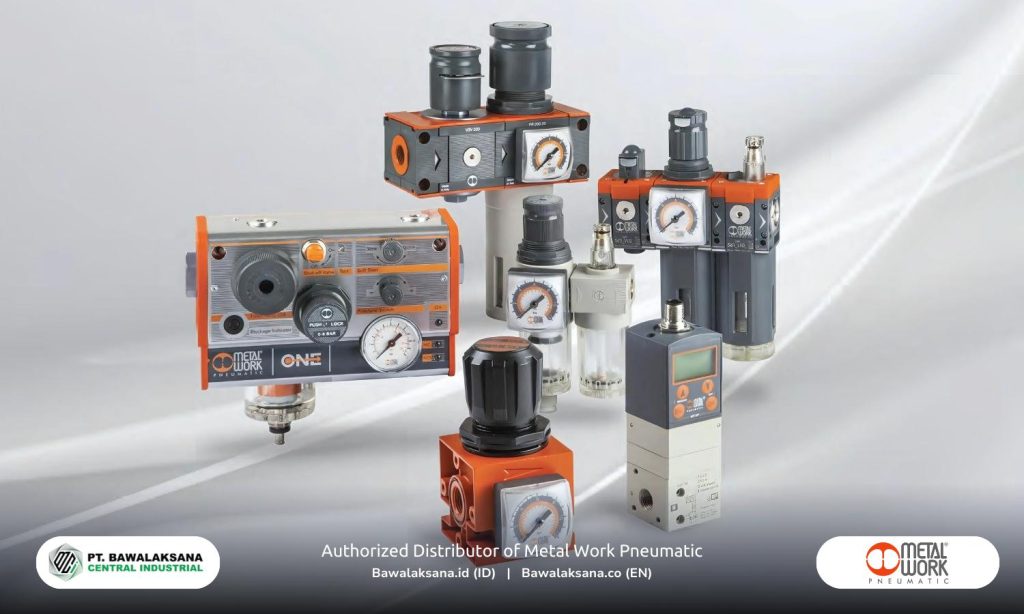
Benefits of Lubrication in Pneumatic Systems
In summary, the lubrication in pneumatic systems offers several key advantages:
- It reduces friction, which helps to prevent wear and tear on the system.
- It maintains the system’s optimal performance.
- It boosts energy efficiency and helps avoid downtime, ensuring smooth and uninterrupted operation.
- It extends the lifespan of components and minimizes deterioration.
- It enhances product quality, ensures system safety, and creates a better working environment.
- It guarantees good air quality and keeps the pressure within a safe range.
6. Utilizing Electric Controllers
Another effective practice in implementing pneumatic systems is using Electric Controllers. These devices come in various forms, from simple switches and relays to more intricate setups involving PLCs (Programmable Logic Controllers).
Advantages of Electric Controllers in Pneumatic Systems
Incorporating Electric Controllers into a pneumatic system presents several benefits, including:
- Automation of processes: Electric Controllers streamline operations, particularly for repetitive tasks, enhancing overall productivity.
- Precision and accuracy: Pneumatic systems equipped with these controllers achieve remarkable precision and accuracy, which are crucial for contemporary industrial applications.
- Seamless integration: They enable the smooth integration of pneumatic systems with other electronic systems, such as computers and IoT devices, significantly boosting the system’s capability and efficiency.
- Energy efficiency: Tailoring optimization to specific needs can result in significant energy savings.
- Improved safety: Enhanced control reduces the risk of workplace accidents, ensuring a safer environment for employees.
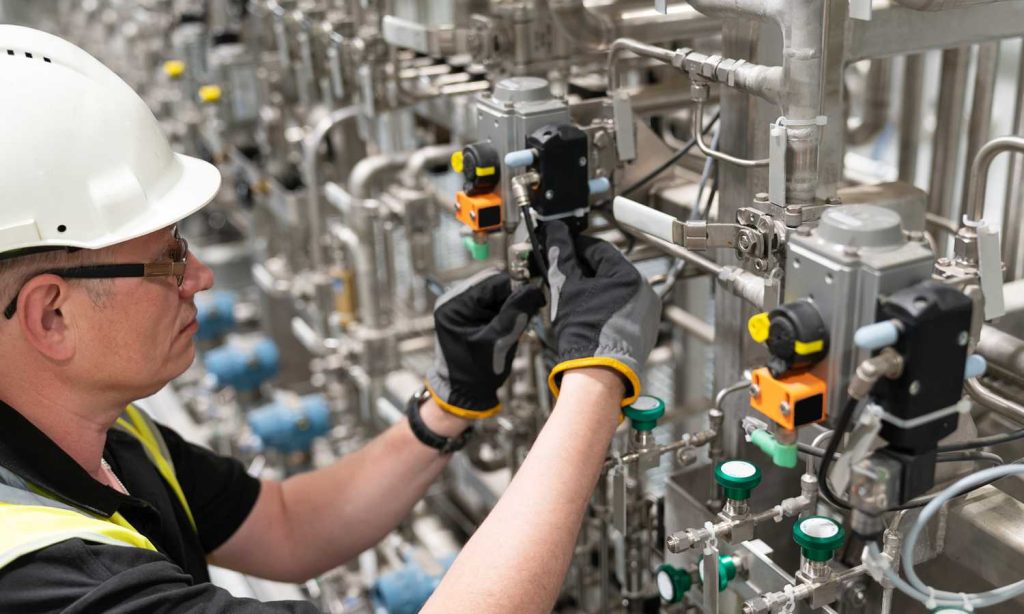
7. Preventive Maintenance
Automation systems that utilize pneumatics provide numerous advantages for businesses and contribute to sustained ROI growth. However, Preventive Maintenance is essential due to their ability to operate continuously over long durations. This practice aims to maintain the system’s optimal performance while avoiding downtime.
Preventive Maintenance involves various regularly scheduled tasks designed to avert system damage or failures. Here are some key activities commonly included in Preventive Maintenance:
Regular Inspections
- Conducting visual and technical inspections to identify any wear or damage to components.
- Performing air or pneumatic fluid leak tests using ultrasonic tools.
- Checking the integrity of component connections and fittings.
Cleaning
- Clearing away dust, dirt, and foreign objects from pneumatic components.
- Cleaning air filters to prevent blockages from building up.
Lubrication
- Internal lubrication minimizes friction and wear in components like pneumatic cylinders or solenoid valves, while external lubrication is used on moving hinges, chains, and gears.
Component, Equipment, and Media Renewal
- Replacing parts that have reached the end of their service life or show signs of wear, such as seals, valves, or filters.
- Upgrading software or firmware on pneumatic control devices.
- Changing out working media such as lubrication oil on a predetermined schedule.
Device Calibration
- Calibrating sensors or measuring instruments to ensure they provide accurate and consistent readings.
Testing
- Carrying out functional equipment tests to verify that systems operate according to specifications. This is particularly crucial for safety-related features, as previously highlighted.
Documentation and Recording
- Maintaining detailed records of all maintenance activities, inspection results, and actions taken for future reference.
Benefits of Preventive Maintenance
- Implementing Preventive Maintenance can lead to several key advantages:
- Enhanced operational efficiency, prolonged lifespan of pneumatic system equipment, and a reduction in unexpected failures or downtime.
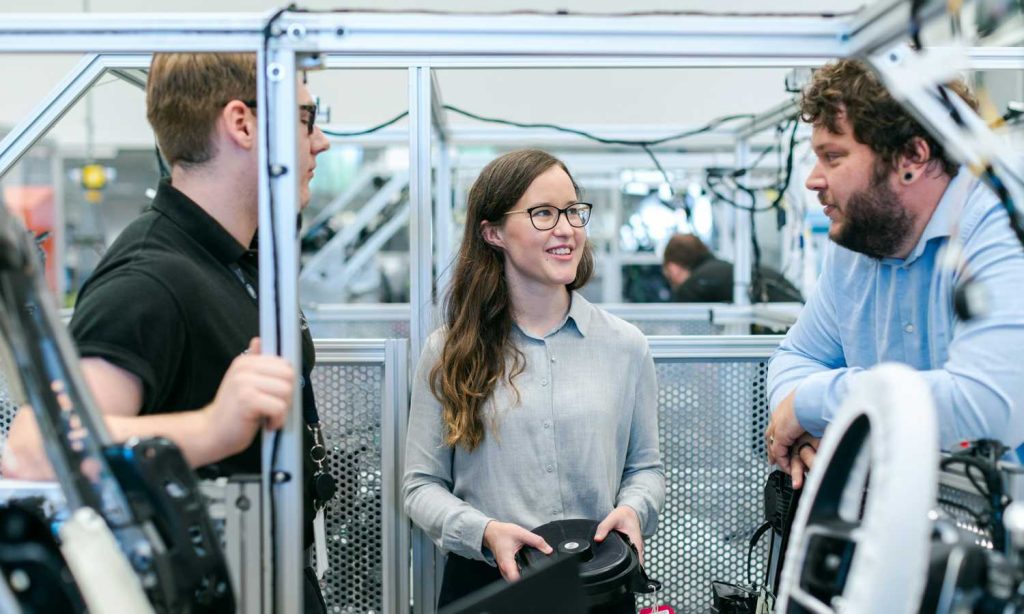
8. Knowledge and Training
Implementing a pneumatic system requires well-trained operators and engineers who are knowledgeable about industry standards. The aim is to ensure your company maximizes the system’s benefits.
Here are some key aspects to consider:
Involving Experts in Training
Training pneumatic system operators are crucial, as they are responsible for the system’s performance and the uninterrupted production flow. Training should go beyond just how to operate the equipment and cover a thorough understanding of the technical aspects of the pneumatic system. Therefore, it’s important to engage experienced experts familiar with your industry.
Anticipating and Resolving Issues
Your company will likely incorporate various sophisticated components and technologies when operating an automated production process. Each part of the automation system needs to be designed with careful consideration, particularly regarding safety features.
Training your operational team and engineers can significantly reduce the risk of negligence or human error during automation processes. The training materials can also provide valuable insights into troubleshooting and addressing any issues during system operation.
Knowledge Transfer from Professionals
Professional experts can facilitate knowledge transfer during training sessions, ensuring your production team is thoroughly prepared to embrace new technologies. With proper training, achieving your goal of a modern automation system will be much more manageable.
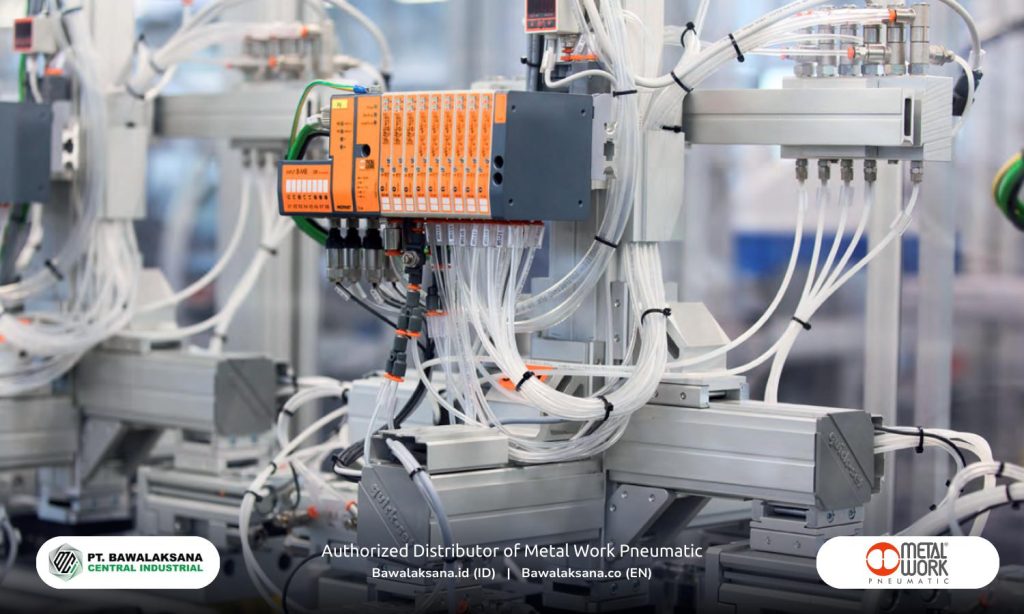
Are You Prepared to Implement a Pneumatic System?
In conclusion, we have outlined key considerations for successfully implementing a pneumatic system in your operations. By focusing on the best practices mentioned above, we aim to ensure that your company’s automation system operates efficiently, safely, and effectively.
When evaluating the readiness for such an implementation, consider the following factors: a thorough assessment of your current processes, the specific needs of your application, and the potential for integrating pneumatic systems with existing equipment.
Additionally, it’s crucial to train your staff on the operation and maintenance of the new system to maximize its benefits.
PT. Bawalaksana Central Industrial is proud to be the official distributor of Metal Work Pneumatic, offering comprehensive solutions with high-quality pneumatic devices and components. We don’t just deliver products; we provide the tools to optimize your systems for long-term success.
In addition, we are the authorized distributor for Mebra Plastik Italia, a leading manufacturer specializing in pneumatic hoses and industrial tubing. With these trusted partnerships, we can offer reliable and efficient solutions that ensure your operations run smoothly.
Becoming an official distributor for Metal Work and Mebra Plastik was a decisive step in our journey to becoming a top-rated company in the industrial automation field. It’s a testament to our commitment to providing only the best for our customers.
With over 7 years of experience and a dedicated team of professional engineers, we’re here to offer you expert solutions for the maintenance and repair of your automation systems. We aim to make your systems run better, longer, and more efficiently.
Are you ready to take the next step in automating your company’s processes with a pneumatic system?
Our professional team is here to assist you if you seek detailed insights and personalized advice on implementing a pneumatic automation system.
Don’t hesitate to seek expert guidance tailored to your unique requirements.

Romanta Pinrih Linuwih
Pneumatic Automation Systems Expert
This article was written in collaboration with Romanta Pinrih Linuwih, an expert in Pneumatic Automation Systems, to ensure accuracy and high quality insights.
REFERENSI
Phillips, P. (2015, October 16). Guidelines to Successful Pneumatic Systems. Library.Automationdirect.com. Retrieved January 11, 2024, from https://library.automationdirect.com/guidelines-successful-pneumatic-systems/
Thorat, S. (n.d.). FRL Unit – Function, Diagram, Construction, Working, Symbol, Advantages. Learn Mechanical Engineering. Retrieved January 11, 2024, from https://learnmech.com/frl-unit/
Shi, Y., Cai, M., Xu, W. et al. Methods to Evaluate and Measure Power of Pneumatic System and Their Applications. Chin. J. Mech. Eng. 32, 42 (2019). https://doi.org/10.1186/s10033-019-0354-6
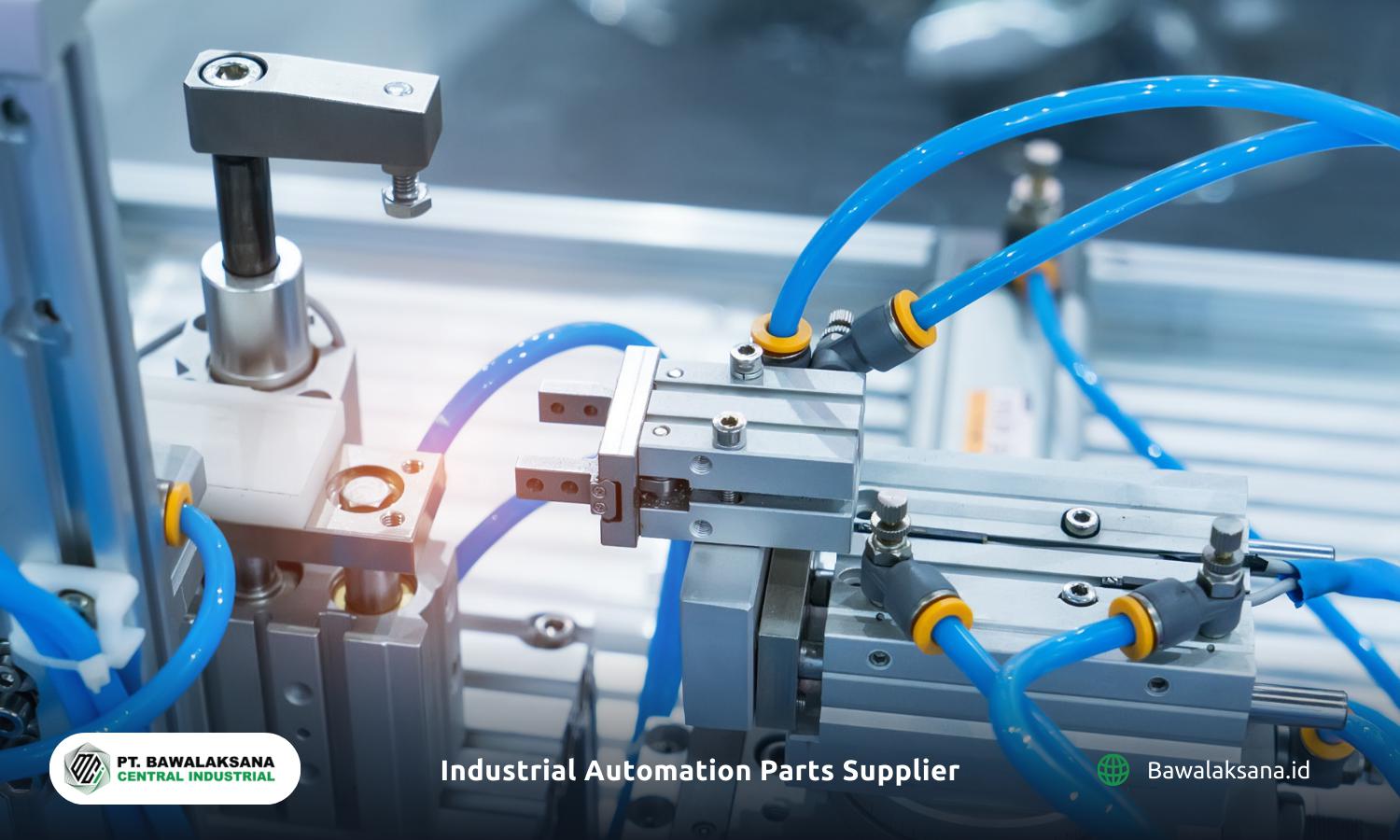
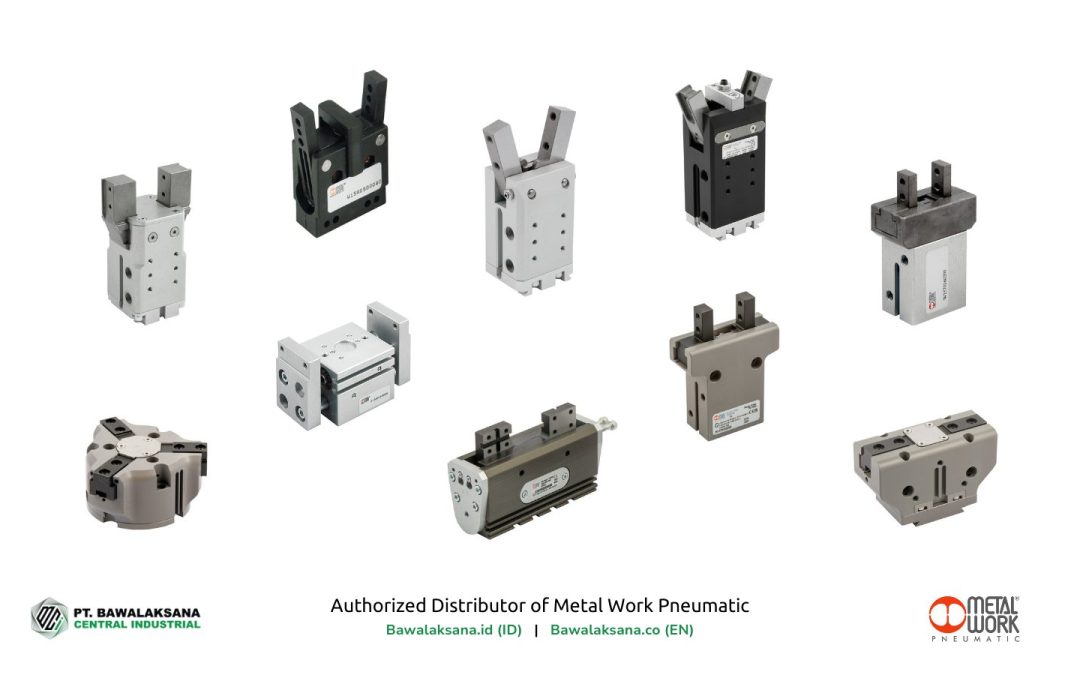
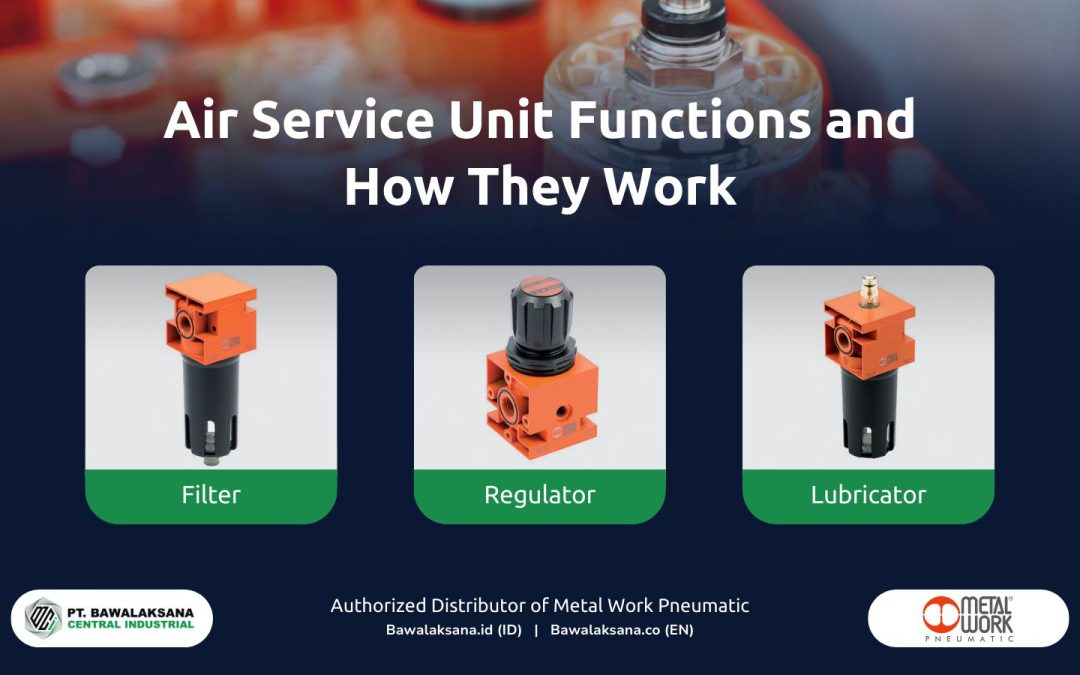
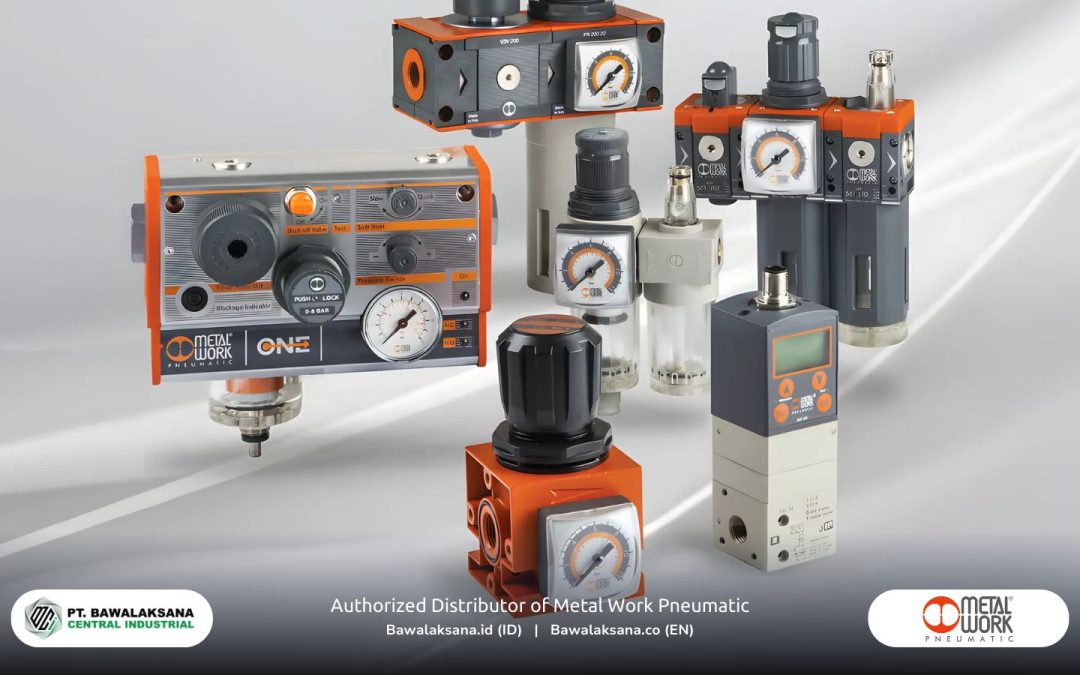
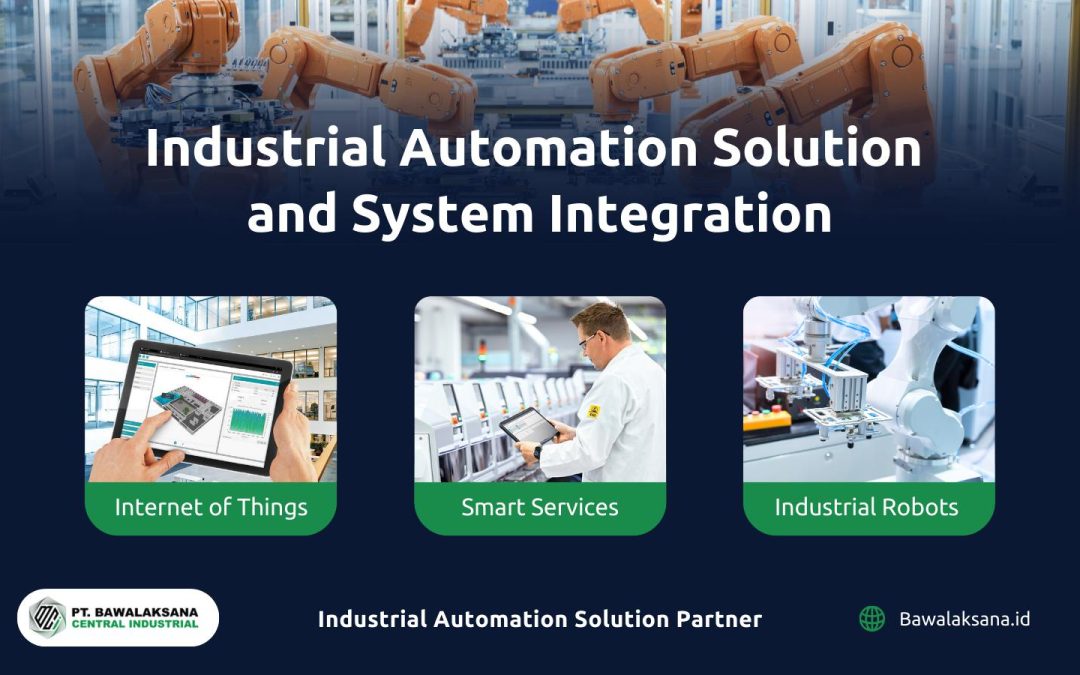
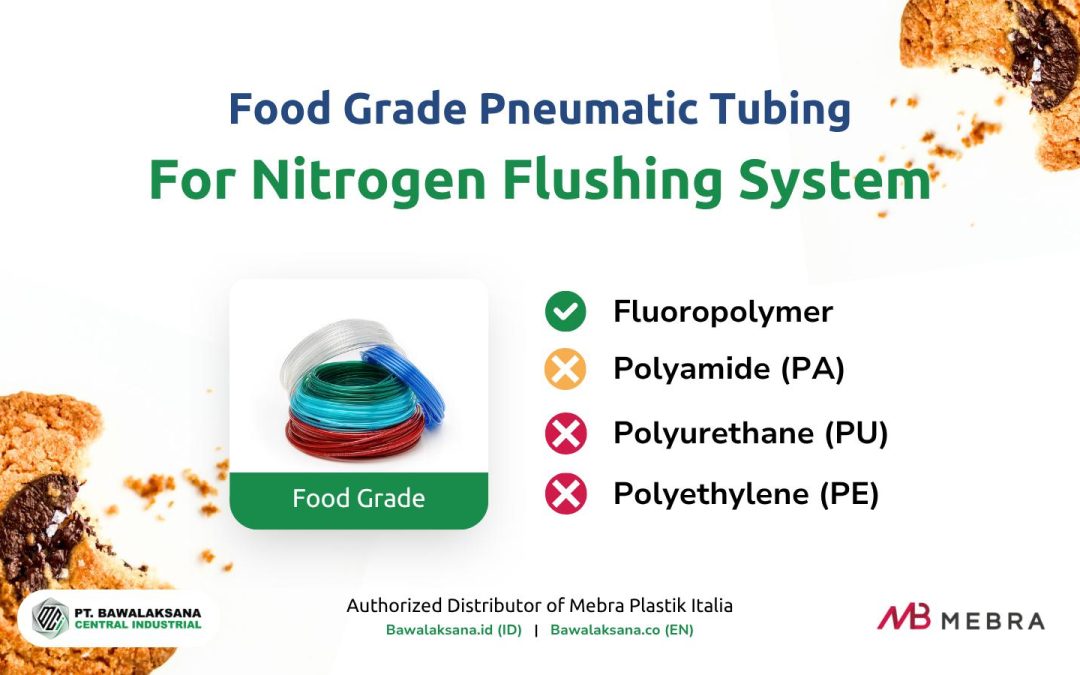
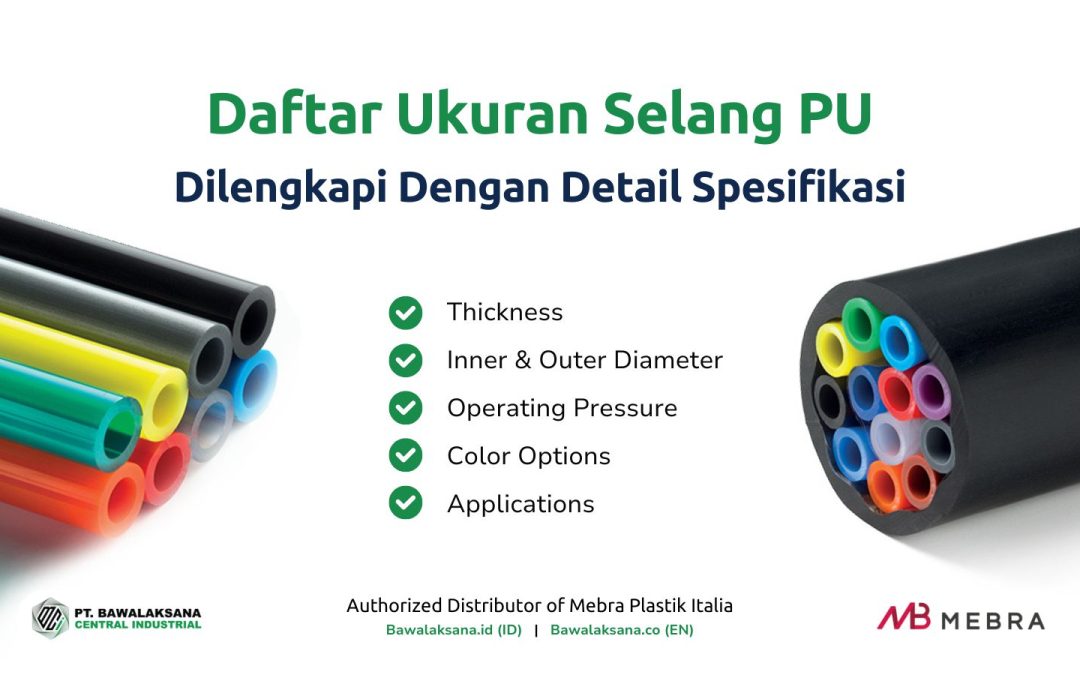
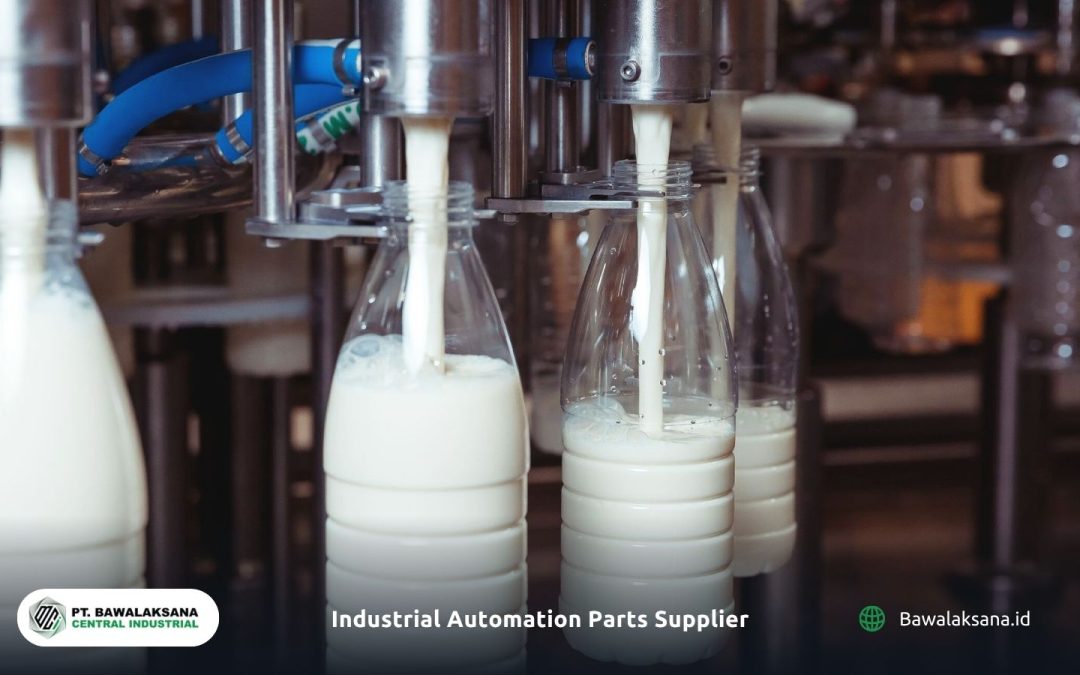
![10+ Examples of Pneumatic Tools in Daily Life and Industry [2025]](https://bawalaksana.co/wp-content/uploads/2025/05/Sandblasting-large-diameter-pipes-to-remove-surface-contaminants-1080x675.jpg)
